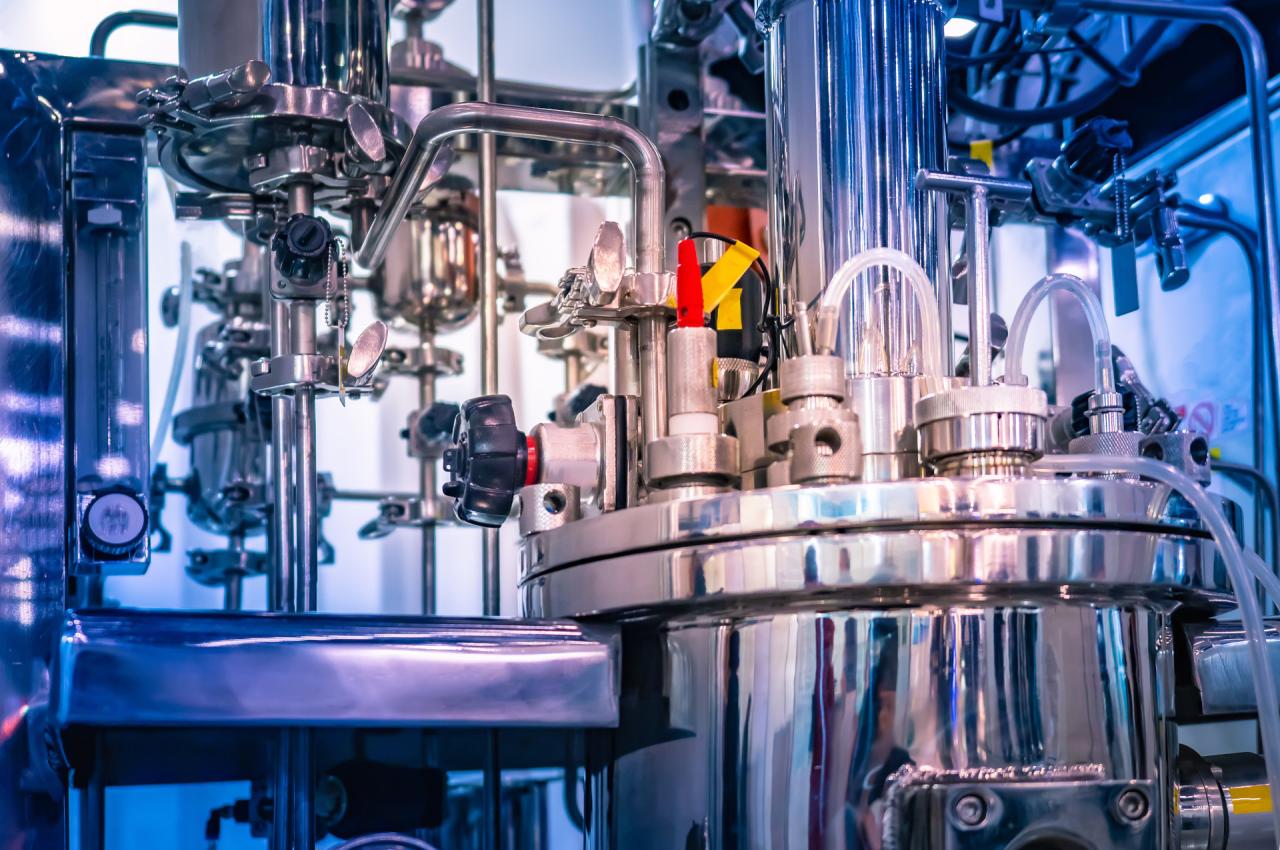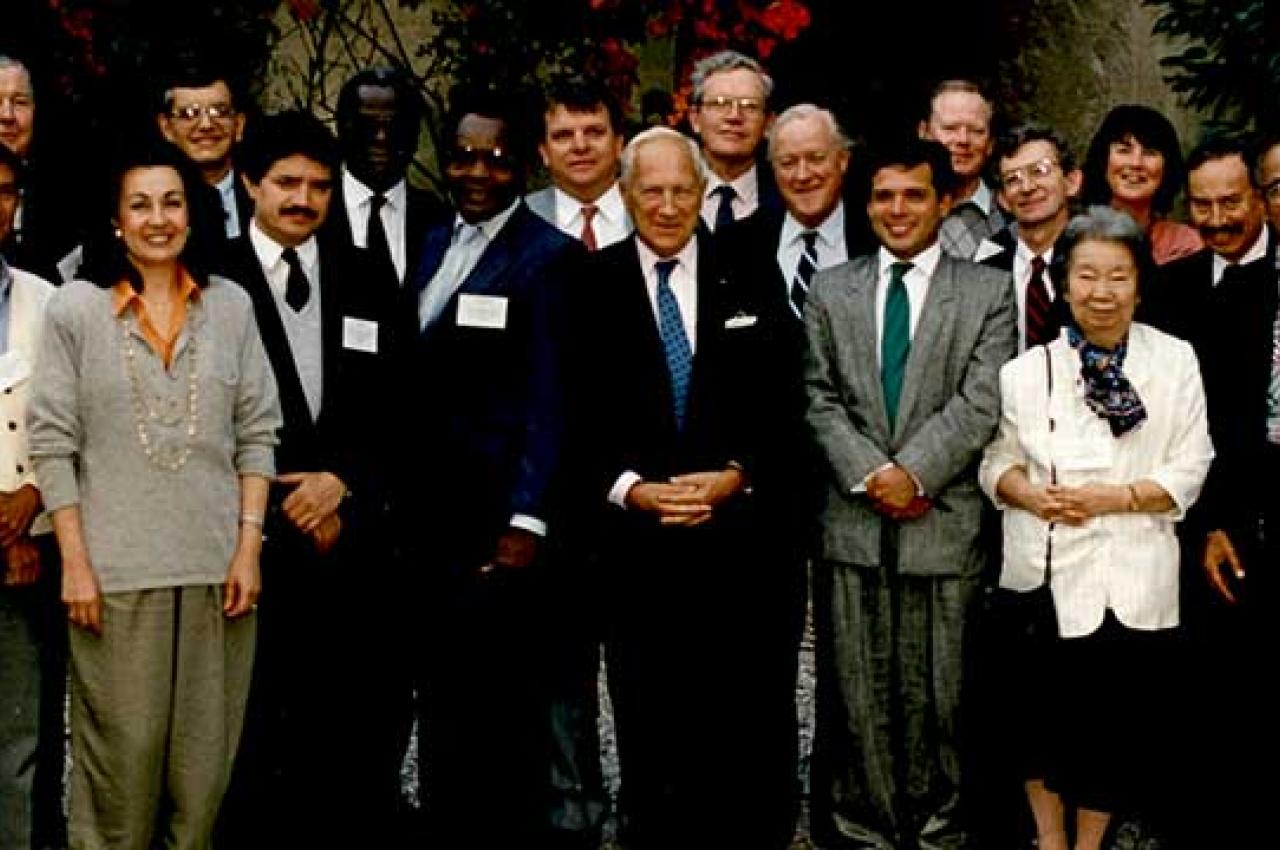Working Toward Reducing Chemical Industry Dependence on Petroleum
Two years ago Nikhil Nair’s lab at Tufts developed a biosynthetic yeast that can feed on three different sugars—xylose, arabinose, and cellobiose—made from agricultural by-products such as leaves, husks, stems, and wood chips.
Now Nair, associate professor of chemical and biological engineering, will expand those efforts to create a biosynthetic organism that can thrive on as many as 16 different feedstocks, thanks to a recent up to $4.5 million Tufts-led contract from the Defense Advanced Research Projects Agency (DARPA). Nair’s lab will develop biosynthetic organisms that can produce a valuable chemical product, while growing on feedstocks that can be switched at a moment’s notice.
The funding is part of a larger multi-institutional effort called DARPA Switch, which seeks to improve resilience in the chemical industry by reducing its dependence on petroleum.
Many industries rely on petrochemicals as the source of carbon-containing molecules for virtually every aspect of manufacturing operations, including energy, food, pharmaceuticals, and textiles. But access to petrochemicals depends on foreign supply chains of petroleum, which are vulnerable to disruption. Petrochemical production can also be slow to adapt to shifting demand, which has reverberations throughout the economy.
“There are several major components to the Switch program,” said Nair. “The first part involves developing biosynthetic manufacturing capability that can use a variety of feedstocks, so if the availability of any particular feedstock is compromised, the biosynthetic organism can quickly switch to other sources. That’s the part we’re working on.”
Another component of the Switch program—the focus of other research institutions—involves developing organisms that can manufacture as many as 16 different products. The goal is to combine feedstock and production flexibility into one organism. In other words, a combined organism might be able to feed on 16 different sources and produce 16 different products.
“The most likely scenario is an organism that can produce a single class of products, like pharmaceuticals or biofuels,” said Nair. “Some of the final steps of biosynthesis may be changed to produce a slightly different product, such as accommodating a shift to a different antibiotic if resistance emerges or a different type of biofuel depending on industry needs.”
The organisms will be maintained in currently existing manufacturing facilities over long periods of time, with a bioreactor set up to run for months rather than the current maximum of several days to a week.
“The idea is to have the ability to switch capabilities on the fly,” said Nair. “Having to restart a large bioreactor can take several weeks with a clean batch of media and a fresh injection of the biosynthetic organism. In contrast, the Switch microbes would be working at capacity in the bioreactor for months at a time and simply respond to molecular or other signals to alter their synthetic pathways or shift to different feedstocks within hours.”
The project at Tufts will involve collaboration with Amin Nikkhah, research assistant professor at the Friedman School of Nutrition Science and Policy, and Matt McNulty, associate director of the Tufts University Center for Cellular Agriculture, both of whom will be conducting techno-economic analyses related to commercializing the technology.
Some of Nair’s work on developing flexible feedstock microbes will be done in collaboration with a start-up spun off from Tufts' research, called Enrich Bio, led by CEO and former Nair lab graduate student Todd Chappell.
Latest Tufts Now
- How Rural Women Advance India’s Sustainable FutureAjaita Shah’s innovative “tech + trust” model has built a network of women entrepreneurs
- A Tufts-Led, Historic Commitment to SustainabilityThirty-five years ago, Tufts guided other universities to the creation of the Talloires Declaration. Its legacy endures today
- New Thriller Blurs Lines Between Good Guys and VillainsAction comedy by Elliot Ackerman blends humor with serious themes, and is headed for Apple TV
- Recognizing Job Burnout and What to Do About ItThe most effective solution to burnout at work is employee-focused organizational change, says Tufts expert
- Wildfire Smoke Is Obvious. Its Long-Term Health Impacts Are NotA School of Medicine expert and an alum share what’s needed to better understand how wildfire smoke, both wildland and urban, impacts our health
- Does Climate Change Lead to Conflict?Tufts researcher shows connection between low rainfall and the outbreak of civil wars between African pastoralists and farmers













